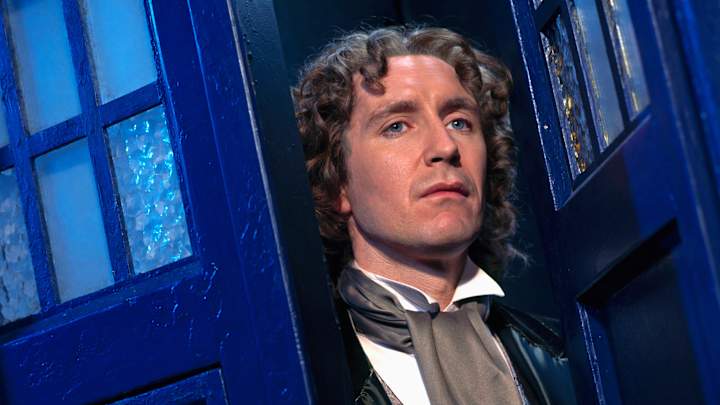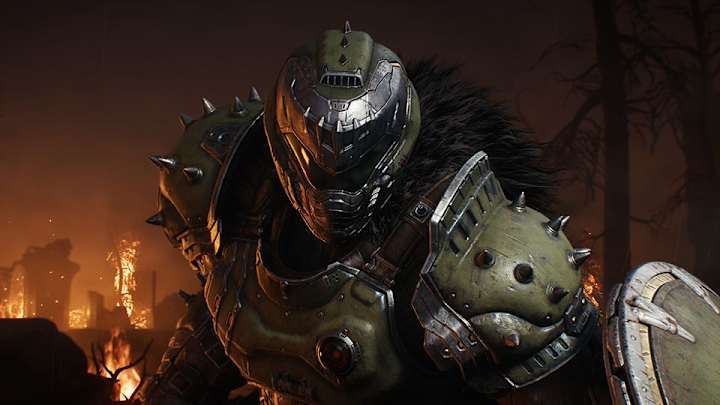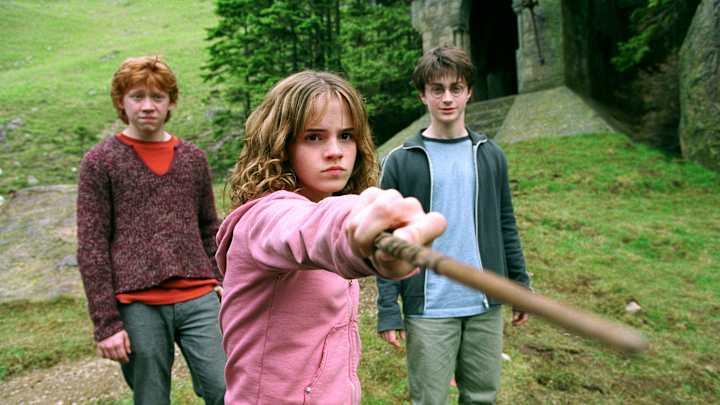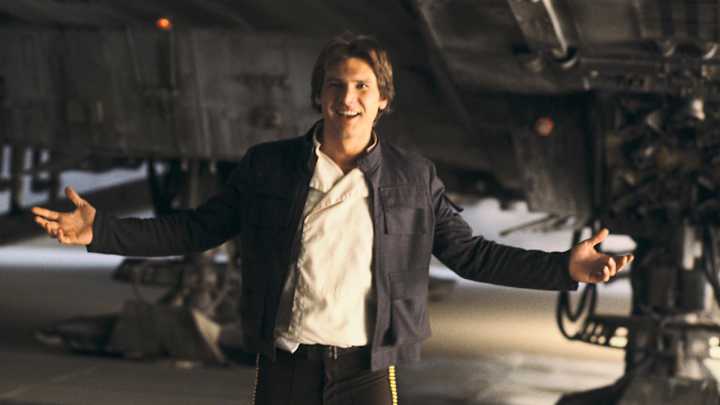The parent keyword fantasy and sci-fi shows frequently face financial constraints that limit their potential, and the main keyword 12 sci-fi and fantasy shows that never got the budget they deserved highlight some of the most notable examples. From pioneering classics to underrated gems, many of these shows struggled to realize their full vision due to insufficient funding. Let’s explore these 12 series that were held back by budget challenges but still left a mark on fans.
Lost in Space
Lost in Space arrived as a grounded family‑space adventure that fought against a tight budget, resulting in noticeable reuse of sets and simpler alien costumes. Yet the core relationships, suspenseful family dynamics, and the sense of wonder managed to shine through, keeping the spirit alive and earning a lasting place in sci‑fi television history.
The show’s creative resilience in the face of financial limits helped pave the way for more ambitious space‑family storytelling on TV, even as its early visuals reflected the era’s budgetary realities.
Doctor Who
Doctor Who has long navigated limited resources, especially in its early years, with makeshift sets and practical effects that became part of the show’s charm. The improvisational spirit of the production helped it endure, spawning a devoted fanbase that has grown alongside the series’ evolving budget and production values over decades.
The enduring appeal of this iconic fantasy and sci‑fi show lies in its ability to tell inventive stories within constraints, a testament to resourceful storytelling that outlived tighter funding periods.
The Shannara Chronicles
The Shannara Chronicles attempted a high‑fantasy epic on a comparatively modest budget, which limited grand spellcasting sequences and expansive creature design. Nevertheless, its kinetic action, bold color palette, and adventure‑driven pacing engaged a young audience and showcased the franchise’s cinematic potential when funded more generously.
Budget constraints nudged the production toward practical locations and streamlined effects, but the series still delivered a storytelling tempo that kept fans invested across its two seasons.
The Hitchhiker’s Guide to the Galaxy
The Hitchhiker’s Guide to the Galaxy faced the recurring challenge of translating Douglas Adams’ vast universe with limited financial resources. Quirky humor and faithful character dynamics carried the show, even as some of the larger cosmic concepts remained constrained by budgetary realities.
Its offbeat charm and inventive staging demonstrated how a strong creative vision can persevere despite financial limits, a hallmark of many beloved fantasy and sci‑fi shows.
The Outpost
The Outpost began with a modest production budget, which showed in early sets and locations. As seasons progressed, the production values improved, giving Talon and her allies more room to roam and deepen world‑building, even if the initial budget fell short of the scope fans hoped for.
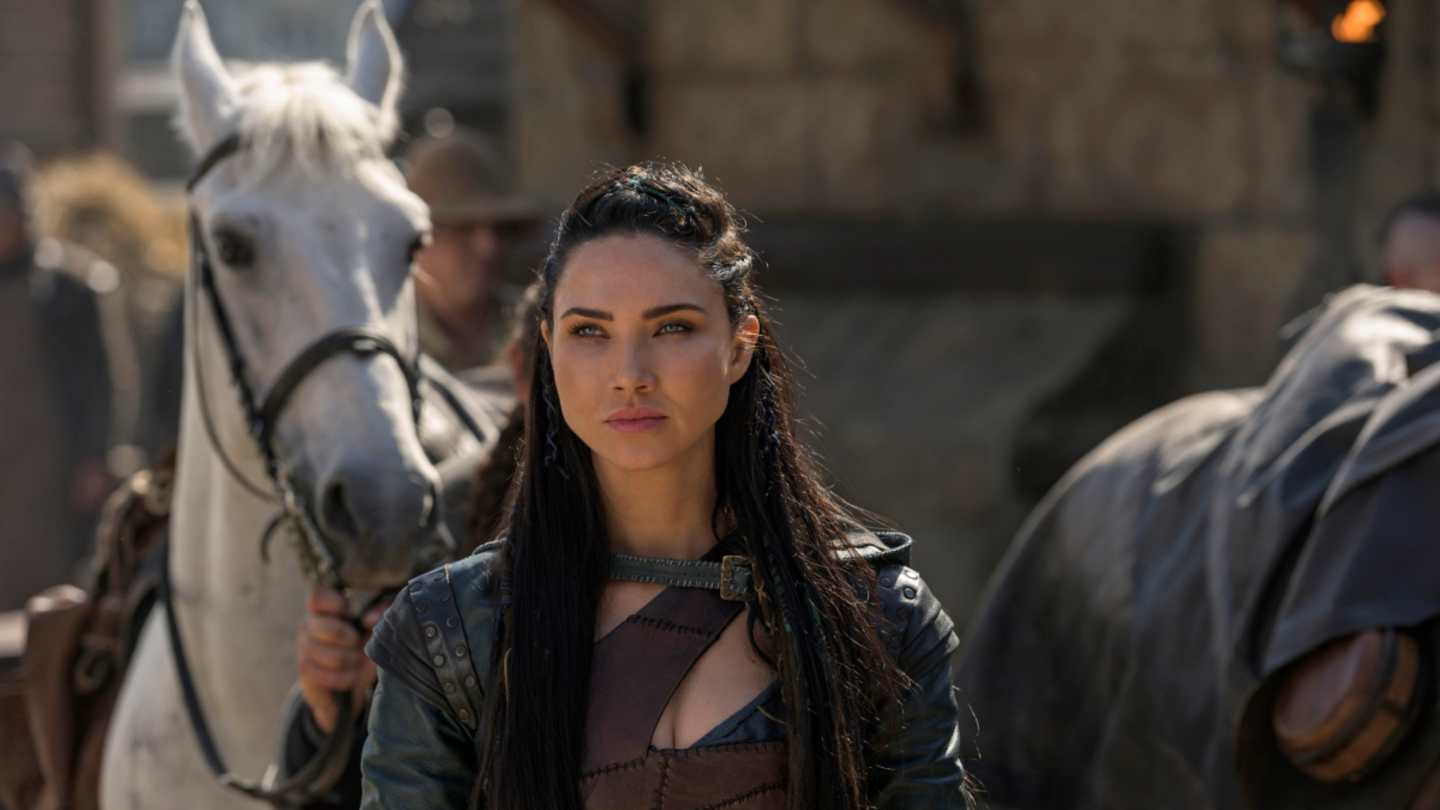
The show’s evolution across later seasons highlighted how incremental funding can raise the bar on special effects, creature design, and set etiquette—the hallmarks of fantasy adventure on television.
Animorphs
Animorphs, Nickelodeon’s take on the classic YA series, wrestled with early CGI budgets during morphing sequences and alien encounters. The result was a memorable adaptation that leaned into character dynamics and high‑stakes moments, even if the visual effects didn’t always hit blockbuster standards.
A bigger effects budget would have elevated the morphing visuals and the broader sci‑fi premise, underscoring how funding shapes the feel of a TV‑scale invasion narrative.

The Starlost
The Starlost, a pioneering Canadian series from the 1970s, offered an ambitious concept—a biodome spaceship and a look at humanity’s future—but budget constraints left its sets stark and its special effects modest. The result is a cherished artifact that hints at the potential of a more lavish revival or reboot with today’s protections and funding.
Its ambitious world‑building remains influential, reminding fans of what could have been with a larger budget to realize the full scale of Ellison’s original vision.
Emerald City
Emerald City presented a darker, more grounded take on Oz, aiming for a visually rich, darker fantasy world. However, a limited budget constrained elements like expansive set pieces and elaborate creature design, which hampered some of the grandeur fans expected from the story.
Despite these constraints, the series delivered strong performances and a fresh tonal approach, showing how creative storytelling can shine even when resources are tighter than hoped.

Space Cases
Space Cases, a 1990s Nickelodeon venture, leaned into recycled props and practical effects to tell a kid‑friendly space adventure. The result was a charming, imaginative show with a distinctive handmade vibe that resonated with generations of fans, even if the production budget didn’t match the ambition.
The show remains a nostalgic example of how budget constraints can foster a unique aesthetic and storytelling voice in children’s science fiction.
Heroes
Heroes is frequently cited as a case where budgetary and network pressures affected later seasons, from diminished visual effects to scaled‑back story arcs. The first season’s tightly wound narrative and strong cast created a lasting impression, even as financial realities tempered subsequent development.
The series demonstrates how funding can influence long‑form sci‑fi storytelling, particularly when a show carries high expectations for scale and interwoven character journeys.
Legend of the Seeker
Legend of the Seeker, adapted from Terry Goodkind’s novels, wrestled with limited resources that led to reused sets and lean CGI. Yet its bold action, darker themes, and serialized pacing kept fans engaged, offering a robust fantasy experience even without a blockbuster budget.
The show’s willingness to push for dramatic stakes on a modest budget remains a notable example of resourceful fantasy television.
Star Trek
Star Trek helped define modern science fiction television, but even this trailblazing franchise faced budgetary constraints that influenced early mission locales and production choices. The enduring charm of Star Trek lies in strong storytelling, character dynamics, and a hopeful worldview that transcended monetary limits.
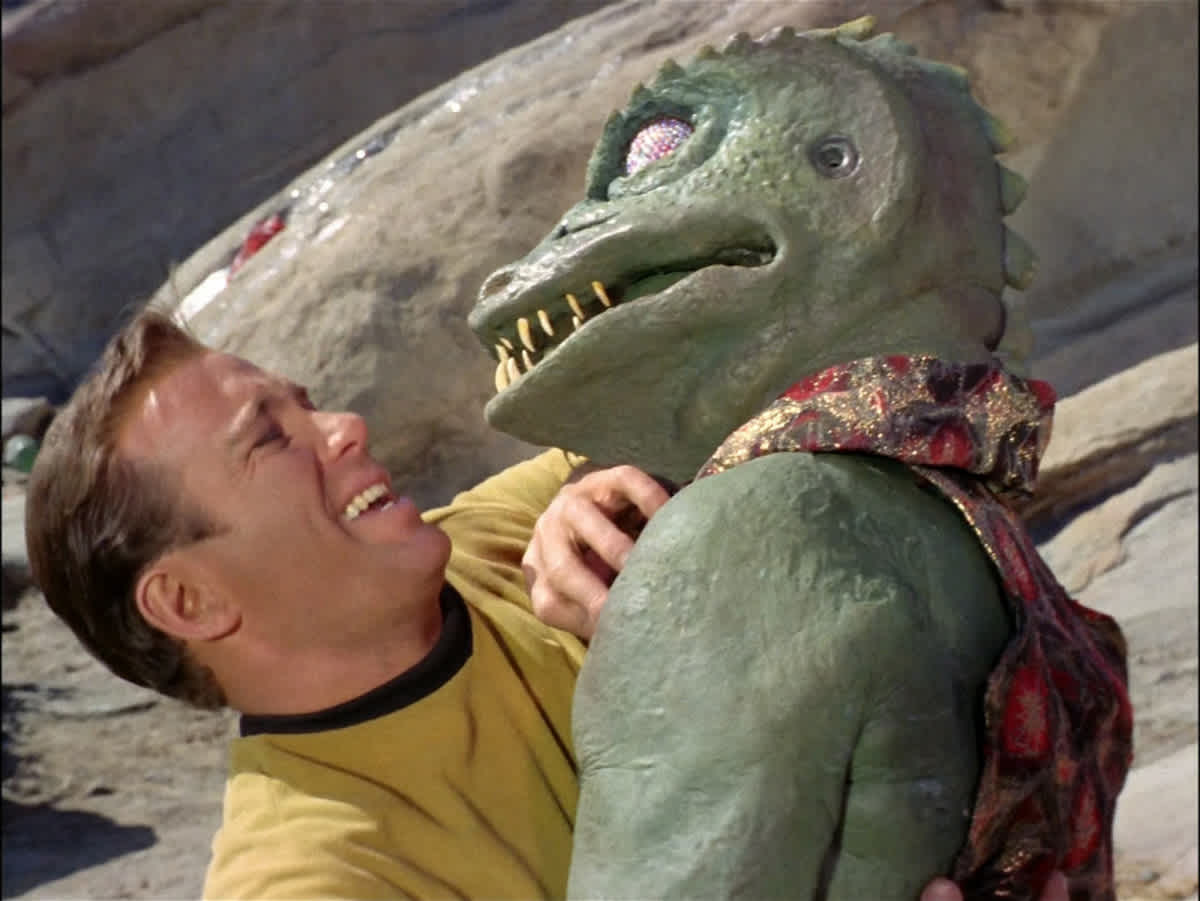
Conclusion
This look at 12 sci-fi and fantasy shows that never got the budget they deserved reminds us how funding shapes bold visions in television.
For readers seeking more, exploring the world of fantasy and sci-fi shows can highlight how budgets influence storytelling and the future of big, bold series.

